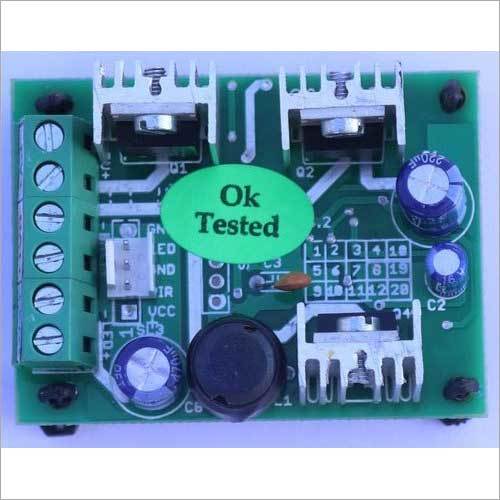Choosing Between PWM and MPPT Charge Controllers for Solar Street Lights

As solar-powered lighting systems continue to rise in popularity, one crucial component behind their performance is the solar charge controller. Whether you’re powering a small garden light or a high-mast street lighting system, choosing between a PWM and MPPT controller matters more than you think.
What Exactly Does a Charge Controller Do?
A solar charge controller regulates energy transfer from the solar panel to the battery. It ensures safe charging, protects the battery from overcharging, and prevents deep discharging — making it a vital piece of any solar system.
PWM vs MPPT: Understanding the Core Differences
| Feature | PWM Controller | MPPT Controller |
|---|---|---|
| Efficiency | 70–80% | 95–98% |
| Cost | Lower | Higher |
| Performance in Cloudy/Cold Weather | Limited | Excellent |
| Battery Compatibility | Lead-acid mainly | Lithium, Lead-acid, Gel |
| Suitable For | Basic solar systems | Advanced or large systems |
PWM Controller
Pulse Width Modulation (PWM) controllers are cost-effective and ideal for small setups where panel and battery voltages are nearly the same.
Best for: Small solar lights, budget-friendly projects in areas with consistent sunshine.

MPPT Controller
Maximum Power Point Tracking (MPPT) controllers are more efficient and capable of extracting the most energy even under fluctuating weather conditions. Ideal when solar panel voltage is much higher than battery voltage.
Best for: High-performance lighting systems, cold regions, or installations using lithium batteries.

How to Pick the Right Charge Controller for Your Solar Street Light
- Match Panel Voltage: Use PWM if panel voltage closely matches battery voltage. Choose MPPT for high-voltage panels.
- Battery Type: PWM works well with lead-acid. MPPT is better for lithium (LiFePO4) or gel batteries.
- System Size: Small systems (<150W) use PWM; larger systems benefit from MPPT.
- Climate: MPPT is superior in cold or cloudy weather conditions.
- Budget: PWM is cheaper upfront; MPPT offers better long-term efficiency.
Example: AUTIGO Solar Street Lights
At AUTIGO, we design both PWM and MPPT-based systems:
- Semi-integrated lights (20W–40W): Use PWM for cost-efficiency.
- High-power street lights: Use MPPT with lithium batteries for better performance.
Battery Compatibility Guide
| Battery Type | PWM Compatible | MPPT Compatible |
|---|---|---|
| Lead Acid | ✅ | ✅ |
| Tubular | ✅ | ✅ |
| Lithium (LiFePO4) | ⚠️ Not Ideal | ✅ |
| Gel | ✅ | ✅ |
Installer Tips
- Confirm solar panel Voc (open-circuit voltage) before choosing controller type.
- Use fuses between controller, panel, and battery.
- Ensure controller supports temperature compensation for lead-acid batteries.
Choosing between PWM and MPPT controllers isn’t just about cost — it’s about getting the most from your solar investment. Whether you’re installing lights for streets, parks, or institutions, the right controller can make a significant difference in lifespan and energy yield.
Need guidance for your next project? Contact us at AUTIGO for customized solar lighting solutions tailored to your application.
